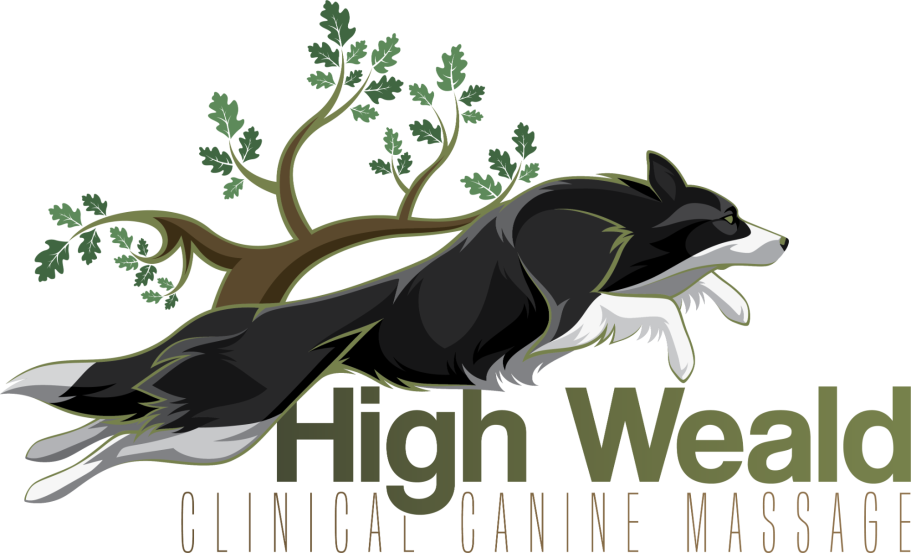Osteochondrosis Dissecans (OCD)
Osteochondrosis dissecans defines an inflammatory, developmental condition caused by the abnormal endochondral ossification of the dog’s bone.
In dogs that grow rapidly the cartilage growing on the end of long bones also grows at pace, outgrowing its blood supply. This causes the cartilage to deform and thicken. This thick cartilage can then crack allowing synovial fluid to seep under the flap of cartilage the crack has created. Cartilage fragments may then dislodge from the end of a bone and float freely in the joint cavity. This causes inflammation in the affected joint, which can develop into arthritis and ongoing cartilage loss, significantly limiting joint motion.
The shoulder is the most commonly affected joint, but the elbow, hip, stifle and hock can also be subject to OCD.
Cause and progression
An array of variables can contribute to a dog acquiring OCD, with genetics having a significant influence, as seen because of breeds predisposed to the disorder, such as the Labrador, Great Dane, Irish Wolfhound, Border Collie, Bull Terrier, and Rottweiler. However, additional variables such as dietary inadequacy, joint trauma (including excessive activity), hormone imbalance, rapid development, and obesity can all play a role.
Depending on the location of the disease and the severity depends on whether it can be conservatively managed or whether surgery will be required. Dogs who suffer from OCD will also be affected by osteoarthritis, a progressive disease which will worsen over time.
Onset & symptoms
Dogs with OCD will usually present symptoms before reaching one year old. Symptoms include
- Lameness
- Swelling around the affected joint
- Reluctance to allow the joint to be manipulated
- Unwilling to initiate play or exercise
- Stiffness
- Atrophied muscles due to not using the affected joint properly
- “Scuffing of nails on the affected leg as flexion through the elbow is reduced” (Lenton,2018)
How massage can help
- Aids in post-surgery rehabilitation, should this be required
- Provides natural pain relief
- Improves mobility around the affected area
- Combats muscle atrophy
- Improves muscle tone in the affected limb
- Assists with hypertonic muscles in other areas of the dog’s body caused by overcompensation
Information sourced from
Williams, K., Hunter, T. and Yuill, C. (2023) Osteochondritis dissecans (OCD) in dogs: VCA Animal Hospitals, Vca. Available at: https://vcahospitals.com/know-your-pet/osteochondritis-dissecans-or-ocd-in-dogs
Fitzpatrick Referrals (2023) Hock osteochondritis dissecans (OCD), Fitzpatrick Referrals. Available at: https://www.fitzpatrickreferrals.co.uk/orthopaedic/hock-osteochondritis-dissecans-ocd/
Lenton, N. (2018) Osteochondrosis, Canine Massage Therapy Centre. Available at: https://www.k9-massage.co.uk/conditions/orthopaedic/osteochondrosis/
Harari, J. (2023) Other joint disorders in dogs - dog owners, MSD Veterinary Manual. Available at: https://www.msdvetmanual.com/dog-owners/bone,-joint,-and-muscle-disorders-of-dogs/other-joint-disorders-in-dogs
